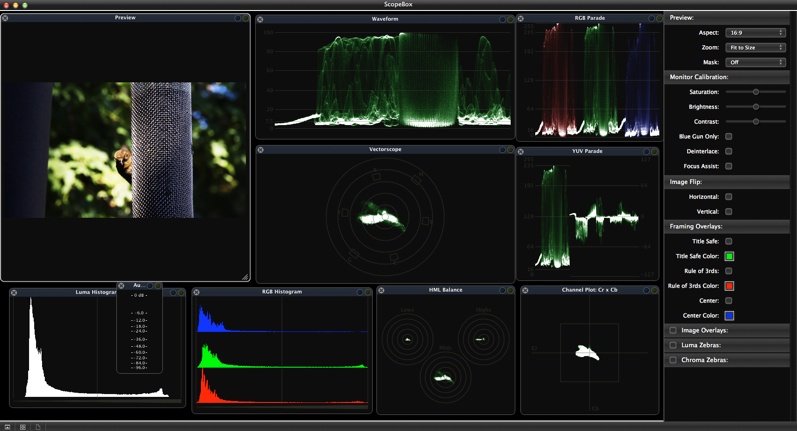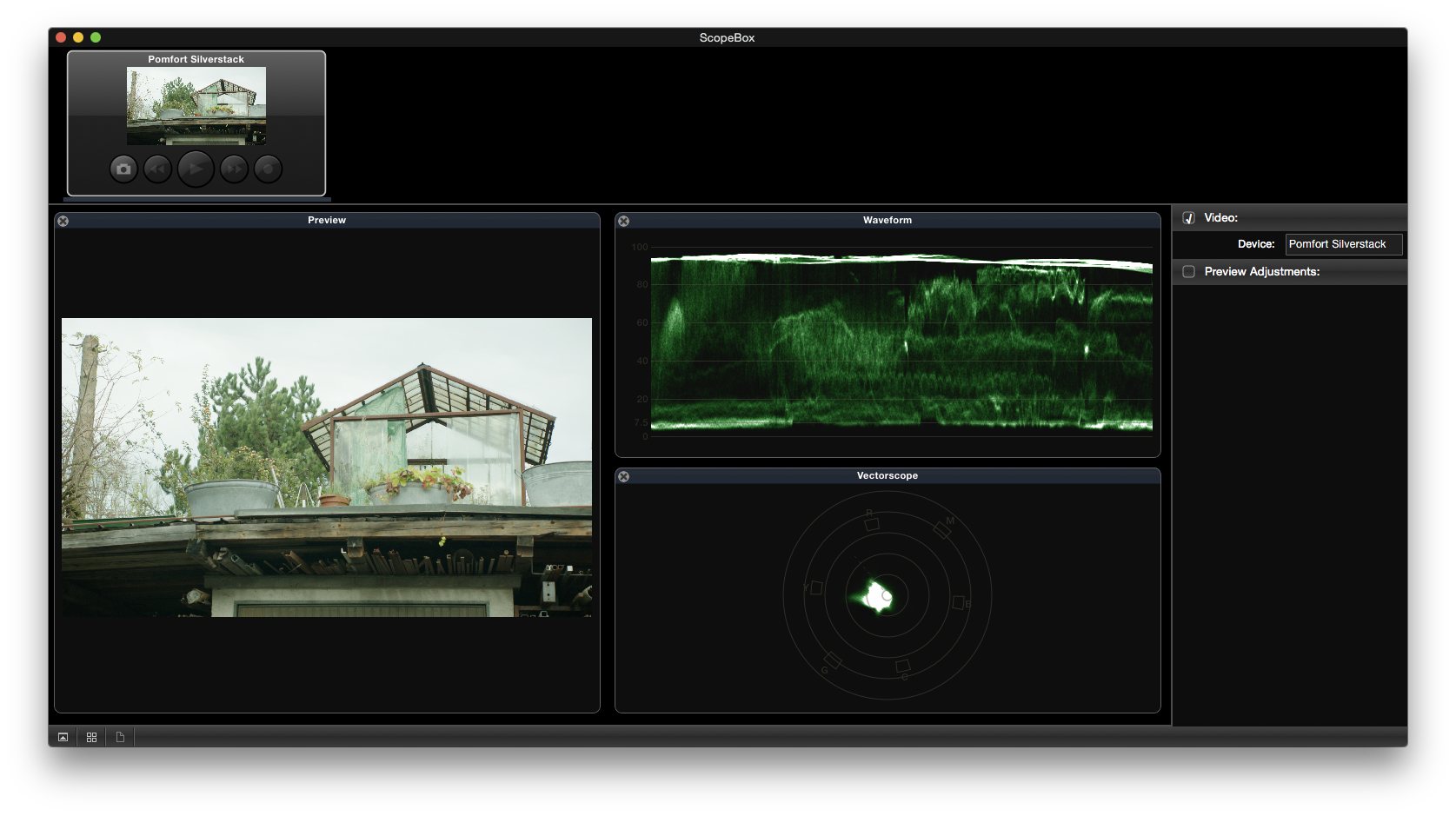

And that of course, is really important for evaluating things like contrast and brightness in a shot, as well as color that you're going to find in your footage. The Usage column shows if a view is using that specific Scope Box.In previous movies in this chapter, we took a look at evaluating shots using the built-in scopes inside of Premiere Pro.

Scope Boxes which are Pinned, Grouped or Checked Out.Scope Boxes which are missing either in the host or linked project.Scope Boxes which exist both in the linked and host project but are different in size and Position.Scope Boxes that are existing and equal in size and position both in the linked and host project.The status of the Scope boxes is managed with three options: It lets you decide which ones you want to manage. If a scope box is deleted in the project, those scope boxes will be marked with blue color, and if needed, the deleted/missing scope boxes can be retrieved from the linked project simply by clicking again on "Import missing" and the scope box will be re-imported to it's original place. If by any chance the Scope Boxes are moved or re-sized these changes will be marked with orange color, which means that the Scope Boxes in the host project do not match the scope boxes from the link, if there's is a need to change the host Scope Boxes to their original place and size that can be managed by clicking on "Synchronize Project Scope Boxes with Link's". The ones labeled with green color are those Scope Boxes that match the size and position of the linked Scope Boxes.įilter by Name is used for f iltering Scope boxes just by typing the desired name The dialog box clearly shows each scope box that has been deleted or changed in the project. Project Element Order is order by element id in the local project. Link Element Order is order by element id in the linked file. Natural order is order alphabetically in the local project and then in linked project by date of creation. Specify how the scope boxes should be sorted in the dialog box. After the link is imported and the desired changes are made to the scope boxes, or even some scope boxes get deleted, the function enables you to manage the changes in a semi-automatic way. Synchronize the link’s Scope Boxes with yours.This enables you to easily filter out the needed scope boxes making it easier to manager them. The function allows you to filter the scope boxes by their name, or by status, and even filters the scope boxes which are pinned, grouped or checked out. Select a Revit link with Scope Boxes. If any Scope Boxes are detected in the linked project you will have the option to Import them into your project - if the name of the linked project's Scope Boxes matches any of yours, the application offers to Synchronize the linked Scope Boxes to yours and make sure that all your views which are set to a Scope Box will be set accordingly.Synchronizing the link’s Scope Boxes with yoursīefore starting the tool, make sure that you have linked a Revit project that contains Scope Boxes. After importing a Revit link into the host project start the function. A dialog box will open that shows you how many Scope Boxes there are, which ones are located in the linked project and which are in use by the host project - providing an overview of just where you have used which Scope Box.Importing Scope Boxes from the other project.Selecting a Revit link with Scope Boxes.This is a tool used to import and synchronize scope boxes between linked projects.


 0 kommentar(er)
0 kommentar(er)
